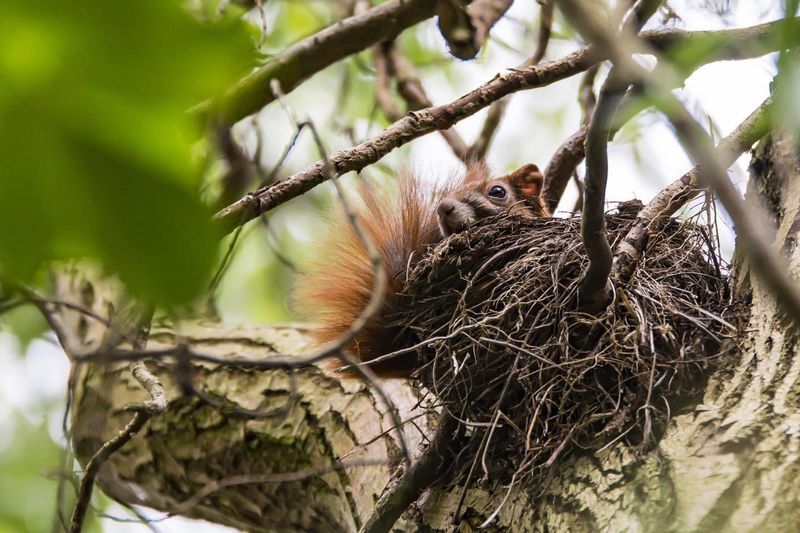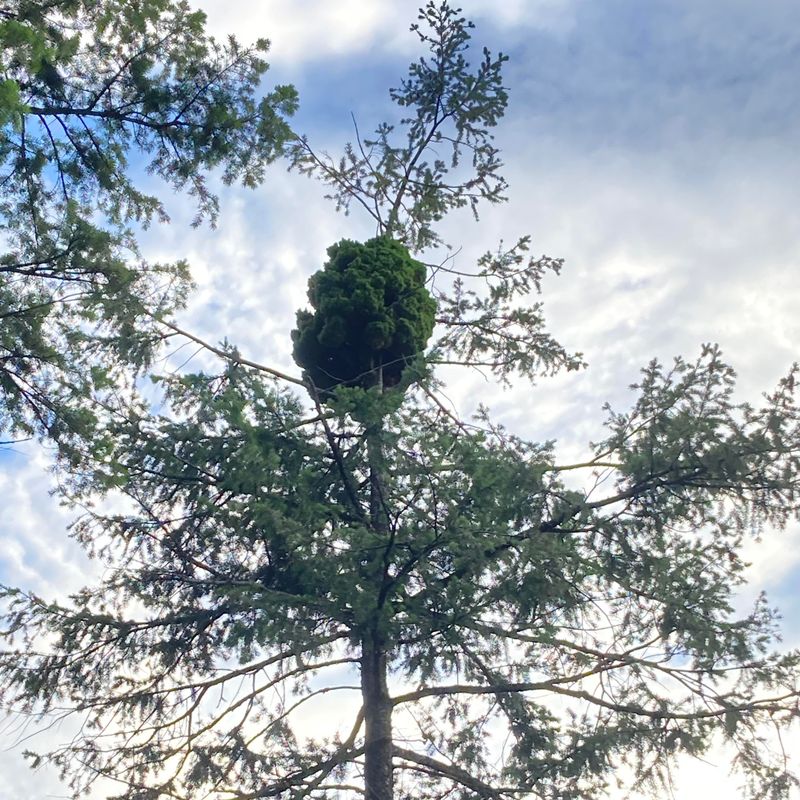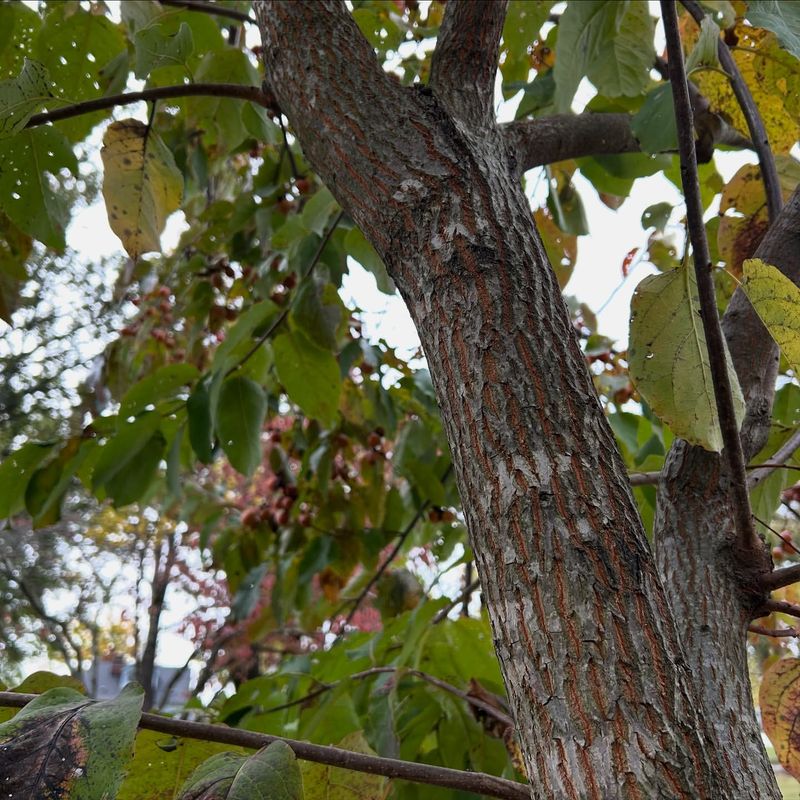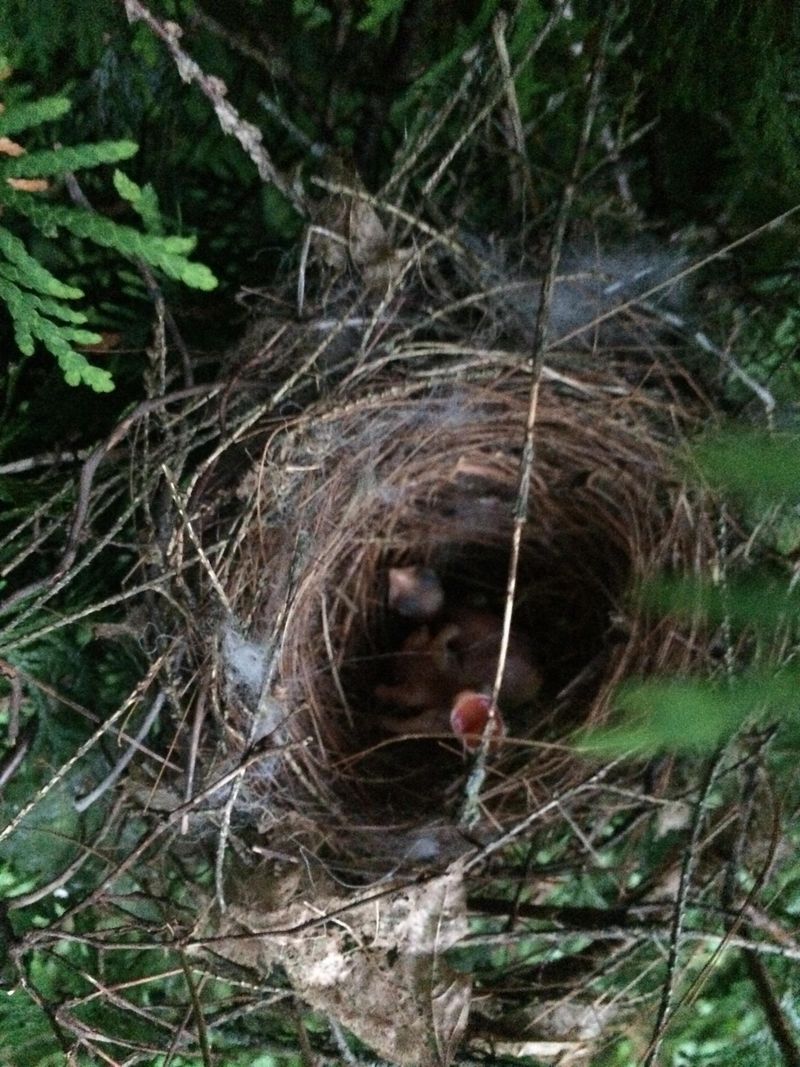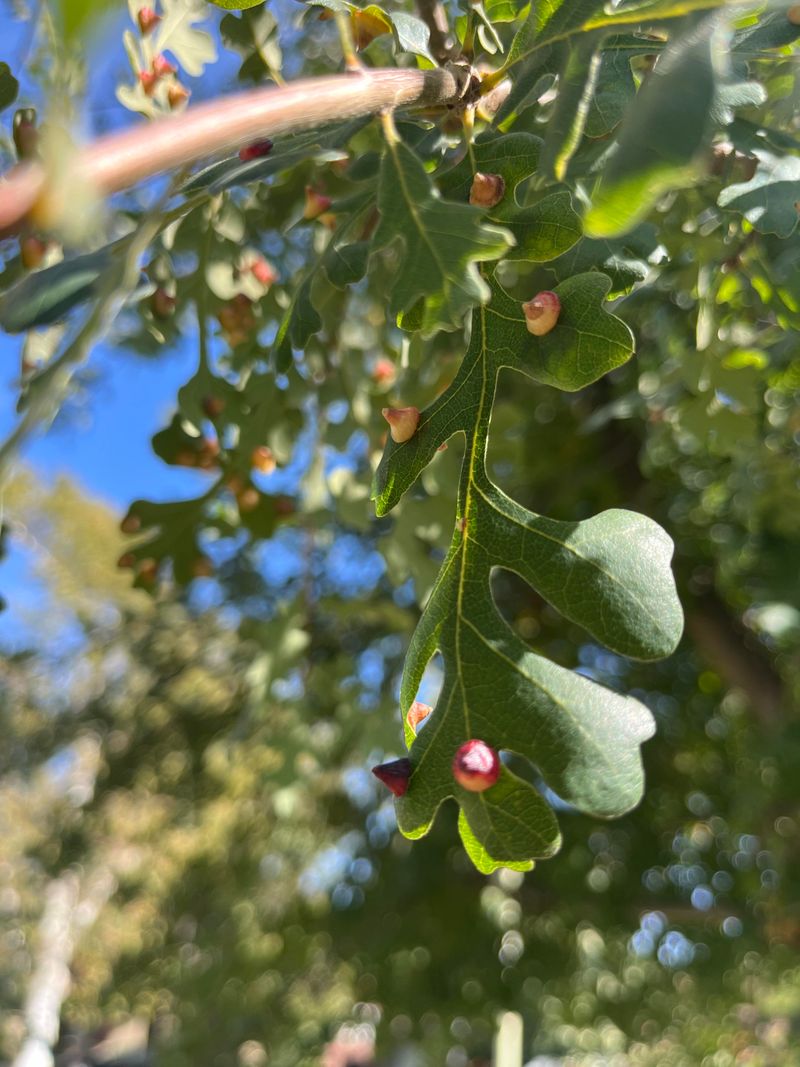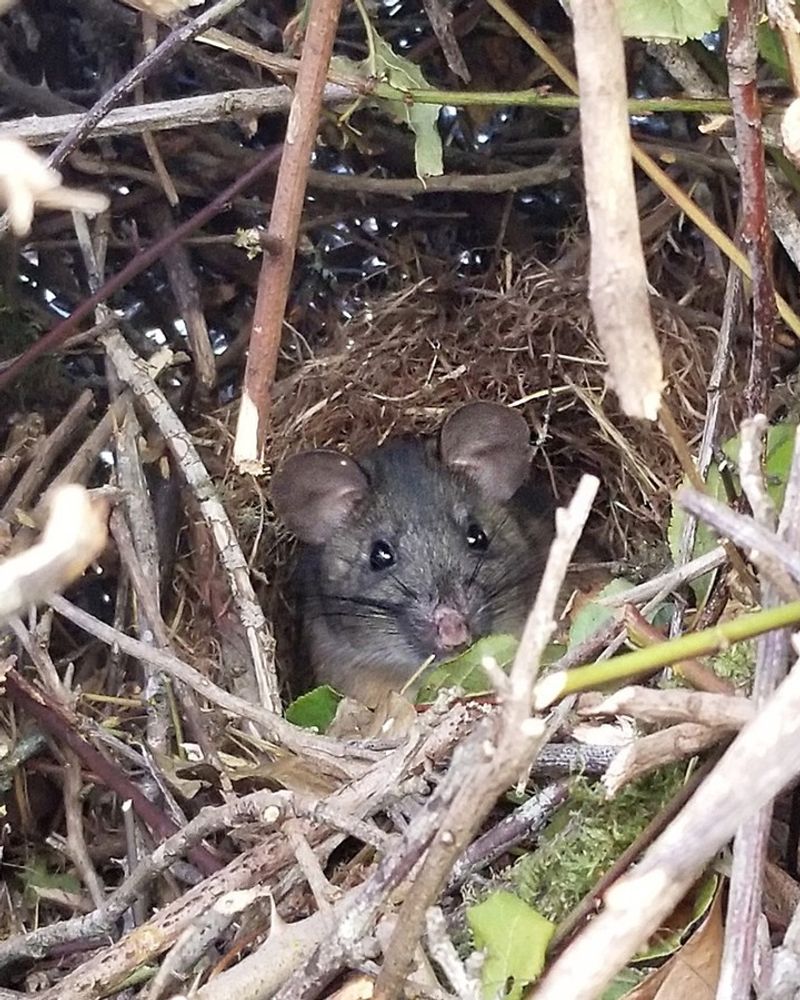Spotted a leafy ball in an Oregon tree and assumed it was a nest? I’ve done the same, only to discover it was something entirely different.
Nature has a way of tricking even the most observant gardener. Learning the difference makes backyard observations a lot more interesting.
1. Squirrels Build Leafy Homes Called Dreys
Squirrels construct impressive shelters from leaves, twigs, and moss that look remarkably nest-like. Called dreys, these structures sit wedged in tree branches throughout Oregon forests and neighborhoods. They’re built in layers, with outer leaves providing weatherproofing and soft inner materials for warmth.
Gray squirrels especially prefer building dreys during fall and winter months. Watch for movement around the leaf ball during early morning hours. If you spot a bushy tail darting in or out, you’ve found a squirrel home, not a bird nest.
2. Mistletoe Clumps Create Dense Growth Patterns
Mistletoe grows as a parasite on Oregon trees, forming thick, bushy clusters that mimic nest shapes perfectly. Unlike actual nests, these plants stay green year-round and draw nutrients directly from host branches. Oak and pine trees commonly host mistletoe throughout the state.
The rounded, dense appearance tricks many people into thinking birds nested there. Look closely for evergreen leaves and small white berries during winter months. Mistletoe clumps grow slowly over years, becoming larger and more nest-like as time passes in Oregon’s mild climate.
3. Witches Broom Disease Causes Abnormal Branch Clusters
Certain fungal infections and mites cause trees to grow tangled masses of small branches called witches brooms. These dense, twisted formations collect leaves and debris, creating convincing nest-like shapes in Oregon conifers and deciduous trees. The abnormal growth pattern produces dozens of tiny branches sprouting from one point.
Douglas firs and cherries frequently develop witches brooms across the state. From ground level, they appear perfectly nest-shaped and positioned. The tight branch structure catches falling leaves, adding to the nest illusion throughout Oregon’s rainy seasons.
4. Wind-Blown Debris Accumulates in Branch Forks
Strong Oregon winds push leaves, moss, and small twigs into natural pockets where branches split from trunks. Over weeks and months, these materials compress and tangle together, forming surprisingly solid-looking structures. Rain helps bind the debris, creating what appears to be carefully constructed nests.
Maple and alder trees with wide branch angles collect debris most effectively. Winter storms particularly fill these natural baskets with material. Unlike real nests, wind-formed clumps lack the woven pattern and cup shape birds create for their eggs and babies.
5. Old Nests Filled With New Leaf Growth
Abandoned bird nests from previous seasons often fill with fresh leaves as trees sprout new growth through spring. Branches grow directly through old nest structures, disguising the original construction with greenery. Many Oregon birds never reuse old nests, leaving them to decay and transform.
Robin and crow nests commonly undergo this transformation throughout the state. Small branches pierce through the original twigs and mud, sprouting leaves that hide the nest beneath. By summer, what was clearly a nest in April looks like a random leaf ball in Oregon trees.
6. Galls Formed by Insects and Fungi
Certain wasps, aphids, and fungi trigger trees to grow unusual ball-shaped formations called galls. Oak trees especially produce large, complex galls that resemble carefully woven nests when covered with leaves. The tree creates these growths as protective responses to insect eggs or fungal infections.
Oregon white oaks develop impressive galls throughout summer months. Some grow several inches across, with bumpy, textured surfaces that collect falling leaves. From below, these natural growths look exactly like bird nests settled into branches, complete with the rounded shape and elevated position birds prefer.
7. Packrat Middens Built in Tree Cavities
Packrats occasionally construct stick and leaf nests in hollow tree sections or large branch junctions across Oregon. Also called woodrats, these creatures gather amazing amounts of material, building structures that rival bird nests in size and appearance. They cement everything together with crystallized urine, creating surprisingly durable homes.
Look for shiny objects, bones, or pinecones mixed into the structure. Packrats famously collect unusual items, unlike birds who use only natural nesting materials. Active middens in Oregon trees often have distinct musky odors and fresh droppings nearby, helping distinguish them from actual bird nests.


